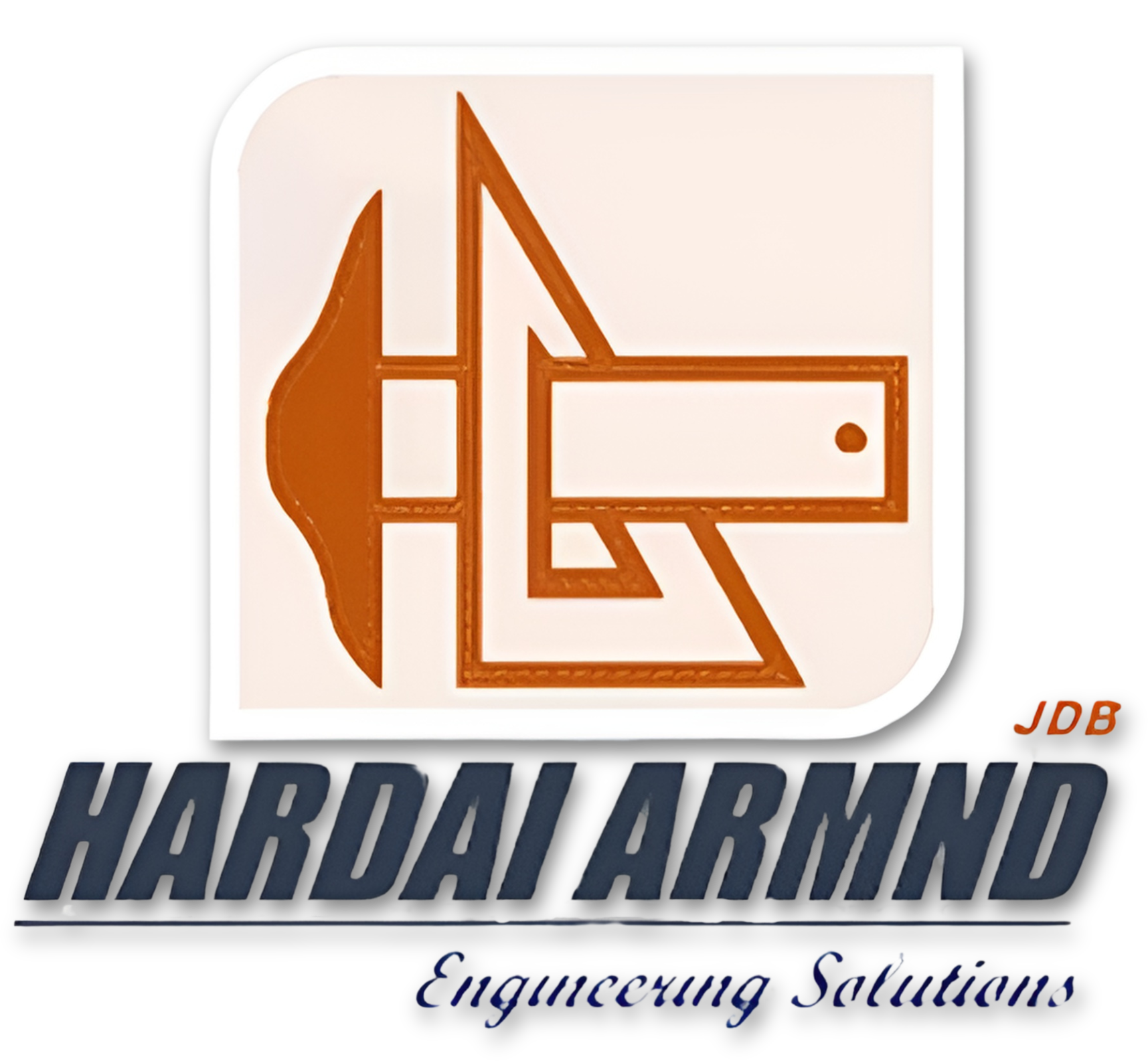Description
Hardai ARMND MolyKul Aero-Spec Grease: The Ultimate Anti-Seize Solution for Extreme Conditions
We are introducing Hardai ARMND MolyKul Aero-Spec Grease, the revolutionary anti-seize solution engineered to withstand the most demanding environments. This advanced formula is meticulously crafted to provide exceptional protection against corrosion, seizing, and galling, ensuring seamless operation even under extreme conditions.
Unleash the Power of MolyKul Technology:
At the heart of Hardai ARMND MolyKul Aero-Spec Grease lies our proprietary MolyKul technology. This cutting-edge formulation incorporates micronized molybdenum disulfide (MoS2) particles, creating a robust lubricating film that reduces friction and wear. The result is a grease outperforming conventional anti-seize compounds, delivering unparalleled protection and longevity.
Exceptional Features and Benefits:
Extreme Temperature Resistance: Withstands temperatures ranging from -76°F to 932°F, making it ideal for applications in extreme heat or cold.
Superior Corrosion Protection: Forms a protective barrier that shields metal surfaces from moisture, salt, and other corrosive elements.
Anti-Seize and Anti-Galling: Prevents seizing and galling, ensuring smooth assembly and disassembly, even under high loads and vibrations.
Extended Lubrication Intervals: Reduces the need for frequent reapplication, saving time and maintenance costs.
Aerosol Convenience: Easy-to-use aerosol can allows for precise application, minimizing waste and ensuring optimal coverage.
Value Proposition:
Hardai ARMND MolyKul Aero-Spec Grease offers exceptional value by:
Protecting Critical Components: Safeguarding valuable equipment and machinery from damage and premature failure.
Reducing Maintenance Costs: Extending lubrication intervals and minimizing the need for costly repairs.
Improving Operational Efficiency: Ensuring smooth operation and preventing downtime, maximizing productivity.
Enhancing Safety: Reducing the risk of accidents caused by seized or corroded components.
Applications:
Hardai ARMND MolyKul Aero-Spec Grease is ideal for a wide range of applications, including:
Aerospace and aviation
Automotive and heavy equipment
Industrial machinery
Marine and offshore environments
High-temperature and corrosive environments
Experience the unparalleled protection and performance of Hardai ARMND MolyKul Aero-Spec Grease. Invest in the ultimate anti-seize solution and safeguard your critical components from the most extreme conditions.
| MoS2 grease | Parameters | |||
| Grease base Material | AP3 Lithium Moly Anti-seize grease | |||
| Mixing additive material | MoS2 (Molybdenum Di Sulphide) – Manufactured inhouse as per AMS2526 | |||
| MoS2 particle size | 10 nm (nanometer) | |||
| Service Temperature range | High temperatures available from -60 Deg C to 500 Deg C ( IS1448 (PTS)) | |||
| Colour | Black | |||
| Heat Stability | No Signs of Breakdown ( IS1448 (PTS)) | |||
| % free Alkalinity/ Kg | 0.03 (IS1448) | |||
| NGLI grade | NGLI2 grades ( IS1448 (PTS)) | |||





Reviews
There are no reviews yet.